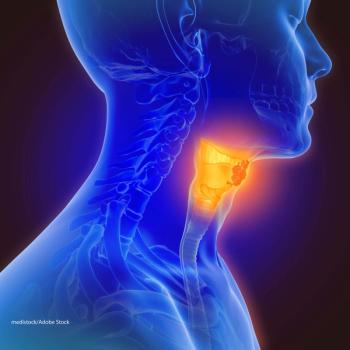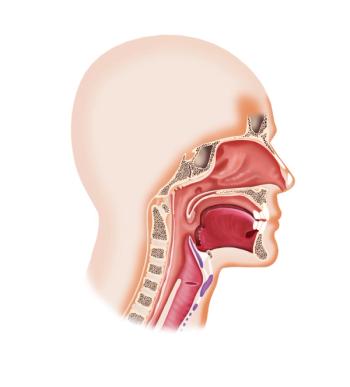
Serum Biomarkers Could Aid in Early Diagnosis of HNSCC
A small retrospective study has identified several biomarkers that were significantly altered in patients with head and neck squamous cell carcinoma. If further validated, these serum biomarkers could facilitate early diagnosis.
A small retrospective study has identified several biomarkers that were significantly altered in patients with head and neck squamous cell carcinoma. If further validated, these serum biomarkers could facilitate early diagnosis of head and neck squamous cell carcinoma, allowing for earlier treatment, and thereby reducing patient mortality.
“Advances in surgery, chemotherapy, and radiotherapy have not altered the survival rates of patients with head and neck squamous cell carcinoma over the last few decades; patients with locally advanced disease at the time of diagnosis have a 50% to 60% chance of recurring,” study author Cherie-Ann O. Nathan, MD, of Louisiana State University Health, told Cancer Network. “Hence there is a need to identify patients at a risk for recurrence.”
Nathan and colleagues conducted a retrospective study to determine if serum cytokine and chemokine concentrations were altered in 50 patients with head and neck squamous cell carcinoma (HNSCC) as compared to 20 healthy volunteers to identify an aberrant cytokine profile consistent among HNSCC patients.
Patients had stage II, III, or IV HNSCC. The researchers used luminex multiplex panel technology to measure 18 analytes. The researchers
Results of the analysis revealed several differences between the serum samples of patients with HNSCC and the healthy controls, including lower levels of the following markers:
• IFN-γ: mean level among HNSCC of 6.08 pg/mL vs 26.2 pg/mL for controls (P = .004)
• IL-13: 2.85 pg/mL vs 7.23 pg/mL (P = .02)
• Macrophage inflammatory protein-1β (MIP-1β): 14.91 pg/mL vs 28.98 pg/mL (P = .004).
In addition, data also indicated that patients with HNSCC had elevated levels of IP-10 with a mean patient level of 359.24 pg/mL compared with a mean level of 216.40 pg/mL among control patients (P = .04).
“Although this study includes a relatively small study size, to our knowledge this study is the first to observe a significant decrease in serum IFN-γ, IL-13, MIP-1β, and a significant elevation of serum IP-10 concentration in patients with HNSCC, irrespective of primary tumor site,” Nathan said. “These findings implicate aberrant inflammatory factor expression and suppressed immunosurveillance in the microenvironment of head and neck cancer patients.”
Additional longitudinal studies of HNSCC in larger cohorts are required in order to determine the prognostic utility of these serum biomarkers, Nathan said. If further validated, a future screening panel including these cytokines could help physicians to diagnosis HNSCC earlier.
“In addition to promoting more favorable prognoses through early diagnosis, a screening panel may also be utilized in detecting early recurrence of initial disease or development of further primaries, and earlier treatment would be invaluable in reducing patient mortality,” Nathan said. “Furthermore, cytokine concentrations may parallel cancer progression, as well as response to therapy, and may serve as measures to assess the impact of treatment with novel therapeutics.”
Newsletter
Stay up to date on recent advances in the multidisciplinary approach to cancer.
































































































